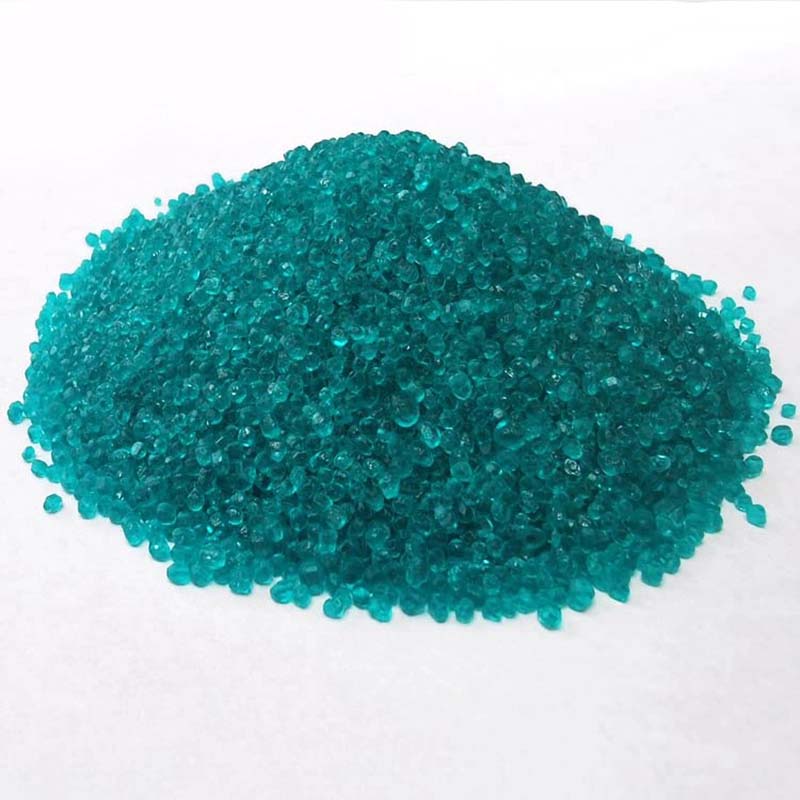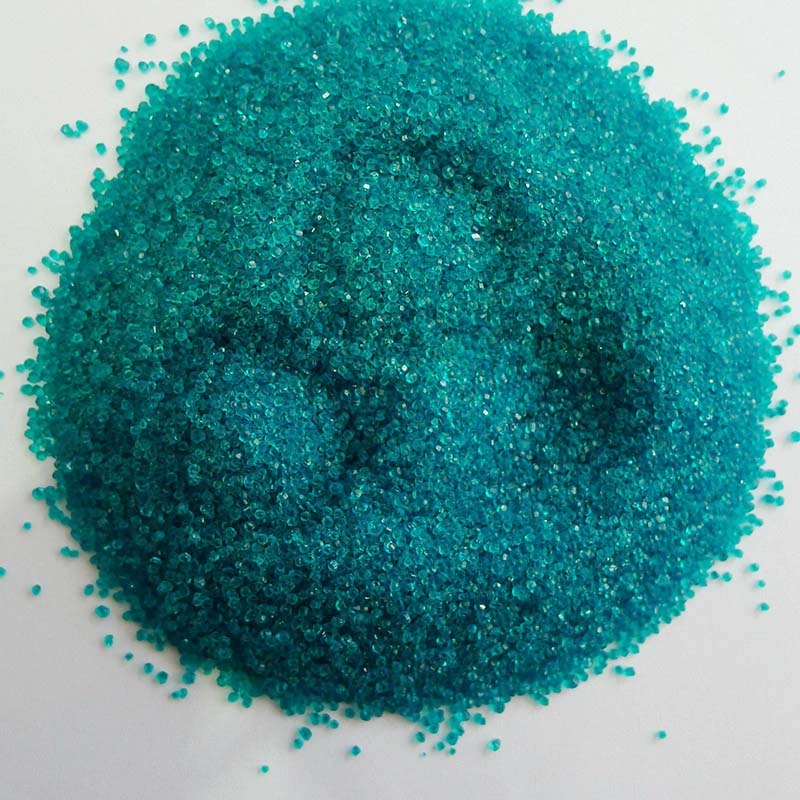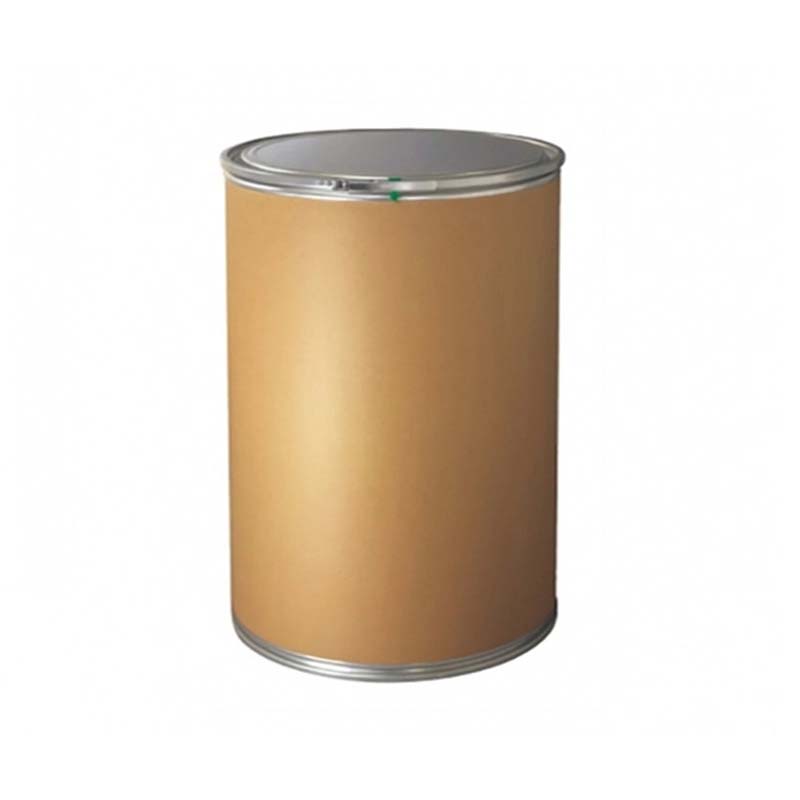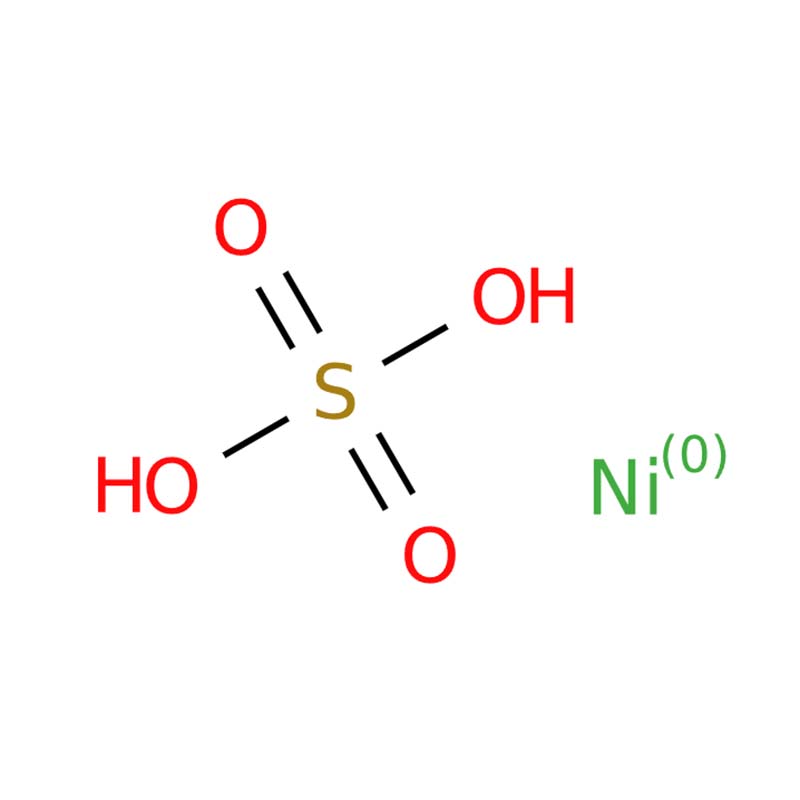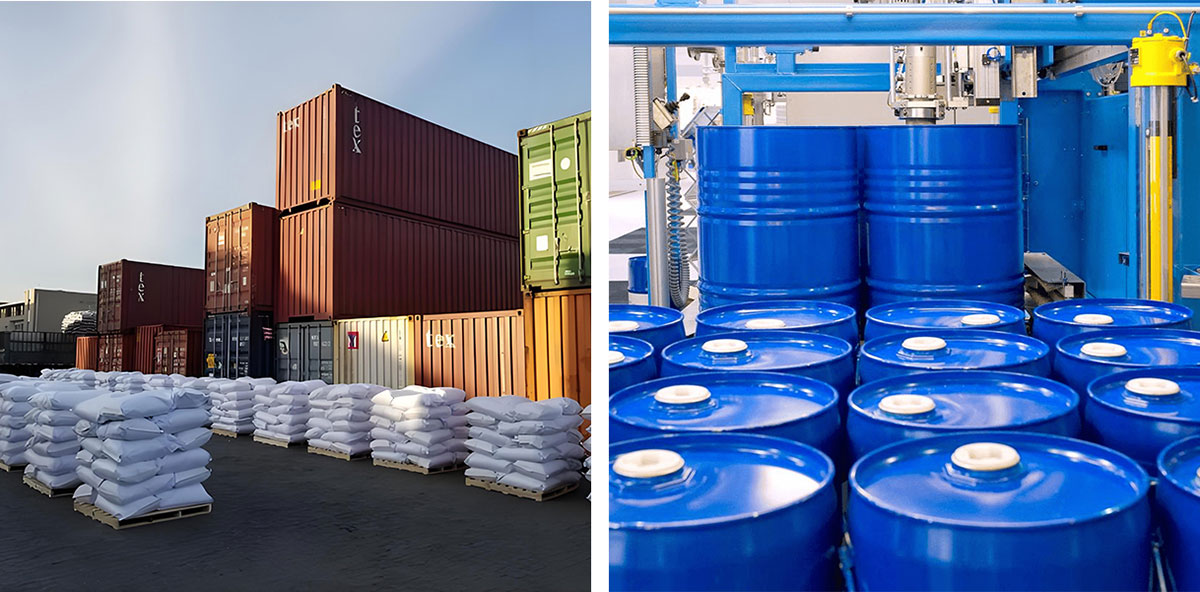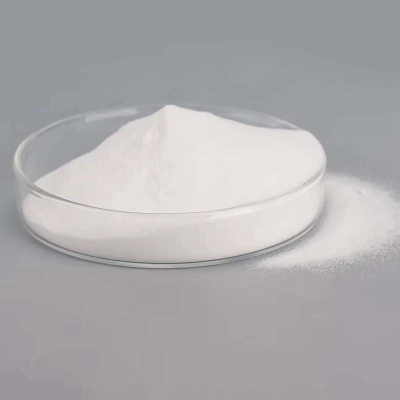Nickel Sulfate
Excellent Solubility: Demonstrates high water solubility, facilitating straightforward integration into diverse industrial and chemical applications.
Essential in Electroplating: Delivers durable, corrosion-resistant coatings, establishing its importance in high-performance electroplating processes.
Versatile Industrial Applications: Functions as a critical constituent in catalysts, textile mordants, and metal blackening formulations.
Specialized Diagnostic Use: Employed in nickel patch testing to support accurate diagnosis of allergic contact dermatitis.
Nickel sulfate presents as blue to blue-green crystalline solids and is an odorless, highly water-soluble nickel salt. It requires careful handling due to its incompatibility with strong acids, which may lead to hazardous reactions. The compound serves as a critical component in electroplating processes, where it contributes to the formation of durable, corrosion-resistant metallic coatings. Additionally, it functions as a precursor for catalysts in chemical synthesis, acts as a mordant in textile dyeing and printing, and is utilized in metal surface treatment for blackening zinc and brass. It also finds application in nickel patch testing for allergy diagnosis and in jewelry finishing to enhance aesthetic qualities.
Parameters
Melting point | 848°C |
density | 3.68 |
form | green-yellow orthorhombic crystals |
color | green-yellow orthorhombic crystals, crystalline |
Odor | odorless |
Water Solubility | 27.3-27.7 g/100 mL at 20 ºC |
CAS DataBase Reference | 7786-81-4(CAS DataBase Reference) |
EPA Substance Registry System | Nickel sulfate (7786-81-4) |
Safety Information
Hazard Codes | Xn,N,T |
Risk Statements | 22-40-42/43-50/53-51/53-43-68-48/23-61-49-38-20/22 |
Safety Statements | 22-36/37-60-61-45-23-53 |
RIDADR | UN 3077 9/PG 3 |
WGK Germany | 3 |
RTECS | QR9350000 |
HazardClass | 9 |
PackingGroup | III |
Hazardous Substances Data | 7786-81-4(Hazardous Substances Data) |
Nickel sulfate (NiSO₄) exhibits different crystalline forms depending on its degree of hydration, with color variations ranging from greenish-yellow to blue or emerald-green. This compound is extensively employed for electroplating nickel onto iron and copper substrates, functions as a catalyst in chemical reactions, acts as a mordant in textile processing, and is used as a surface coating material for specific applications.



